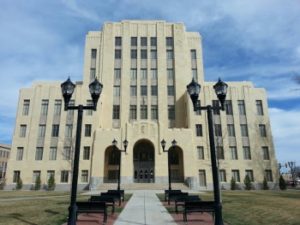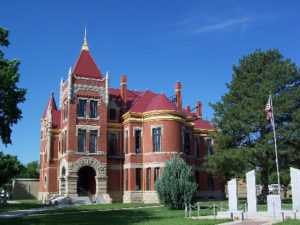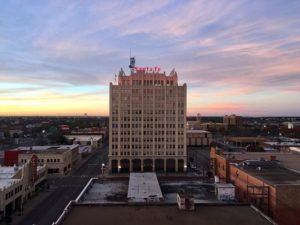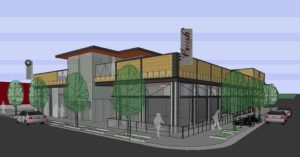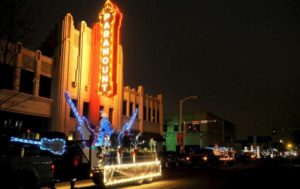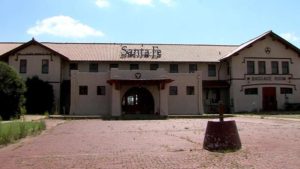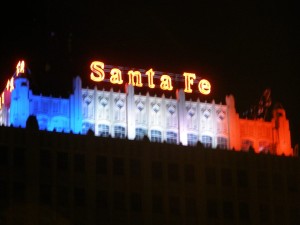I have subscribed off and on to Texas Highways magazine for about the past, oh, 30 years … give or take.
My latest issue arrived in the mail while my wife and I were traveling west to Yellowstone National Park, Wyo., and Grand Coulee Dam, Wash.
I looked at the cover title, “Small Town Splendor: The Best Little Courthouses in Texas,” opened the magazine and found something that surprised the daylights out of me. One of the mag’s “best little courthouses” happens to be the Potter County Courthouse in downtown Amarillo.
Why is that a surprise? I expected the list to include really small town courthouses. Among the other 11 featured in the magazine, by the way, is the Donley County Courthouse in Clarendon — which is beautiful structure, too. Texas Highways notes: “The Panhandle’s oldest functioning courthouse, it boasts a distinctive asymmetrical design — no two sides of the building are the same.”
Amarillo ain’t a “small town,” with a population right at 200,000 residents.
The Potter County Courthouse and the grounds on which it sits have become part of downtown Amarillo’s revival about which I have written extensively on this blog. The structure, built in 1932, is “what the Texas Historical Commission calls one of Texas’ best examples of art deco design.
The county applied for a state historical preservation grant to help restore the building. The county emptied the building, moved offices to other locations throughout the downtown district — including the Santa Fe Building and into the Courts Building, which former County Judge Arthur Ware refers to unflatteringly as the “grain elevator.”
The three-year project was done in 2012. The county moved the offices back into the building. County Judge Nancy Tanner established a security system for visitors.
The courthouse grounds have become the home field for downtown’s High Noon on the Square every summer, which features local musicians and other artisans entertaining lunchtime crowds.
The structure really is a gorgeous place for Potter County’s public servants to work.
Thus, I was heartened to see Texas Highways offer a tribute to downtown Amarillo’s courthouse.
